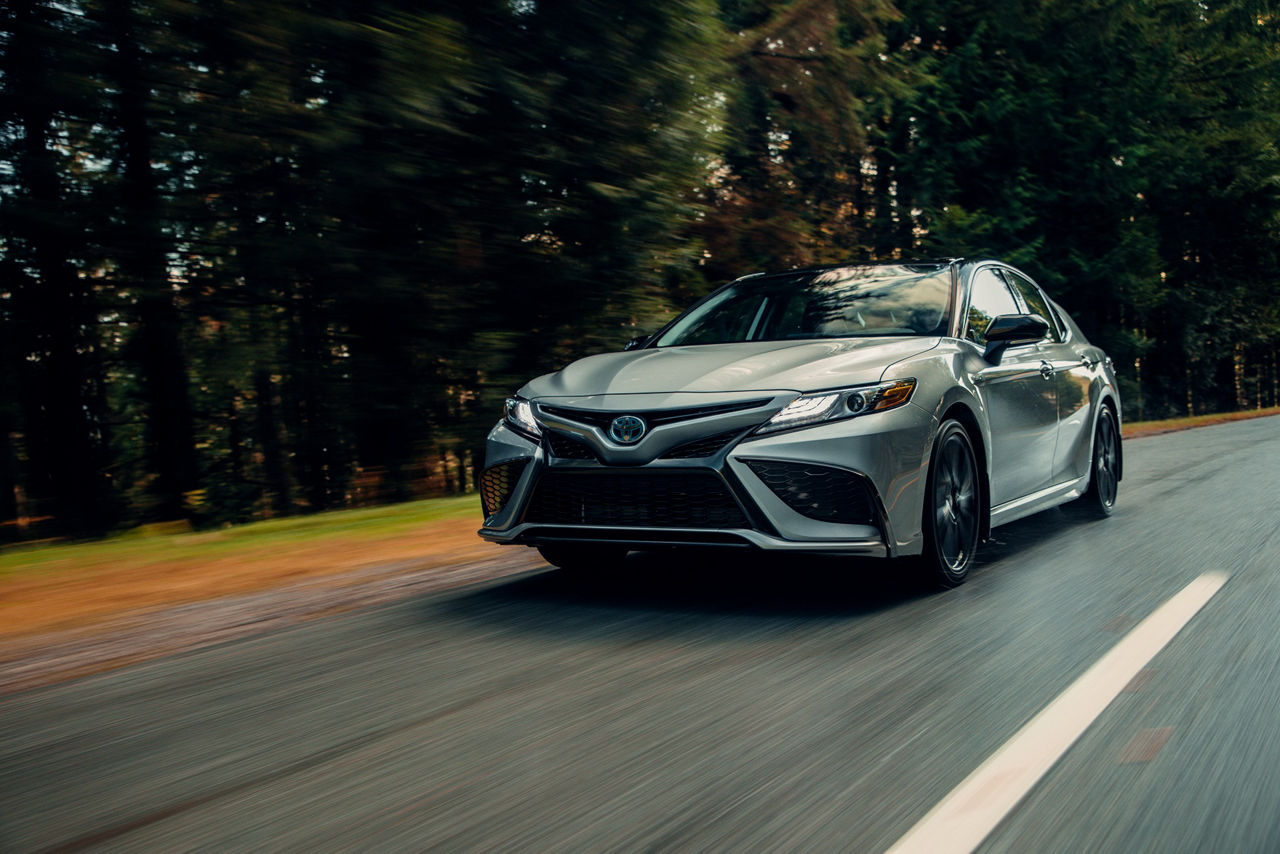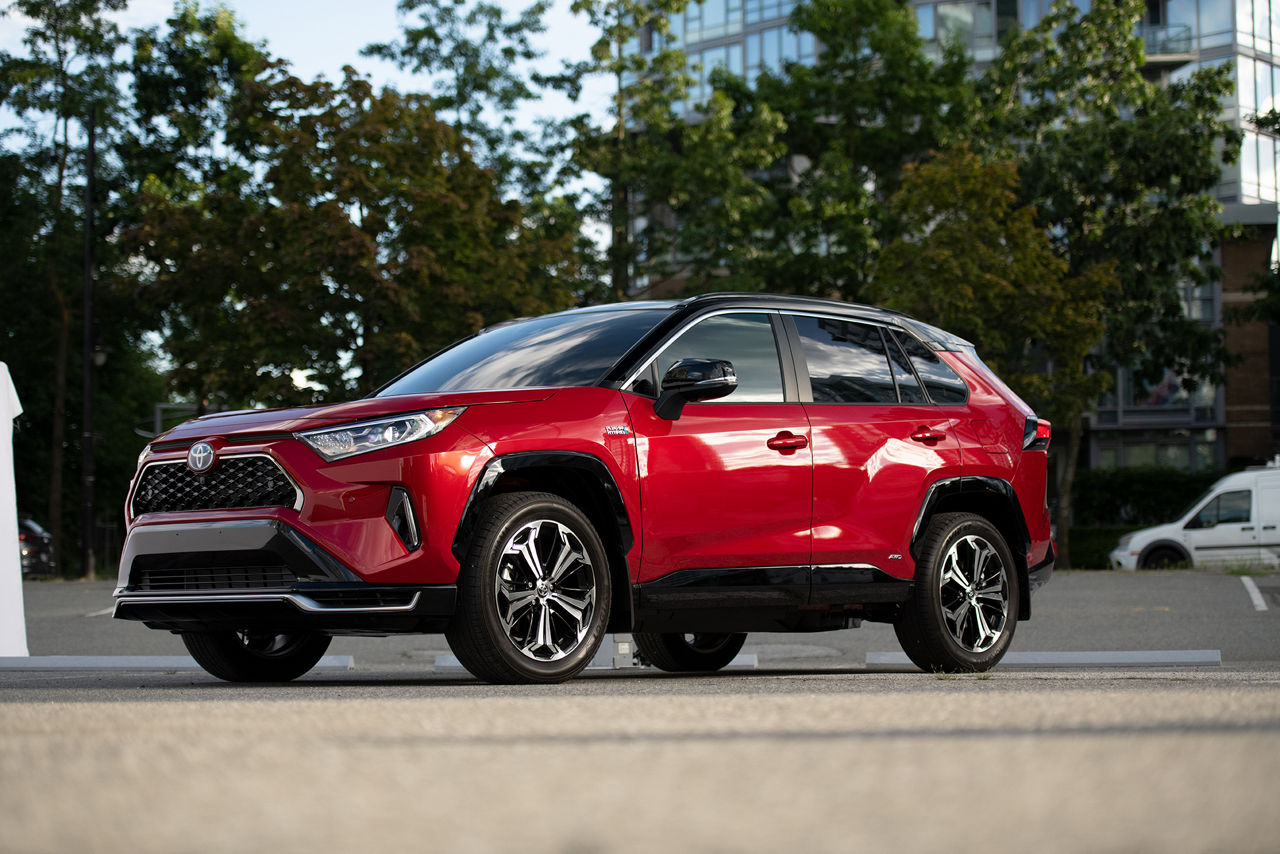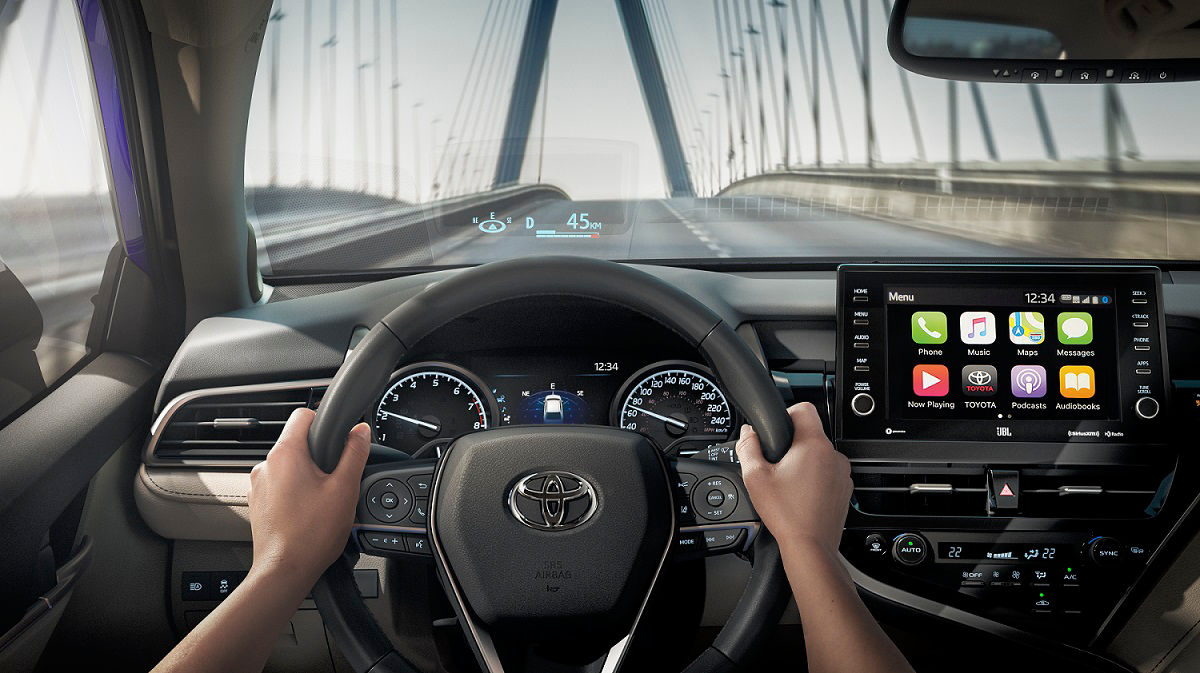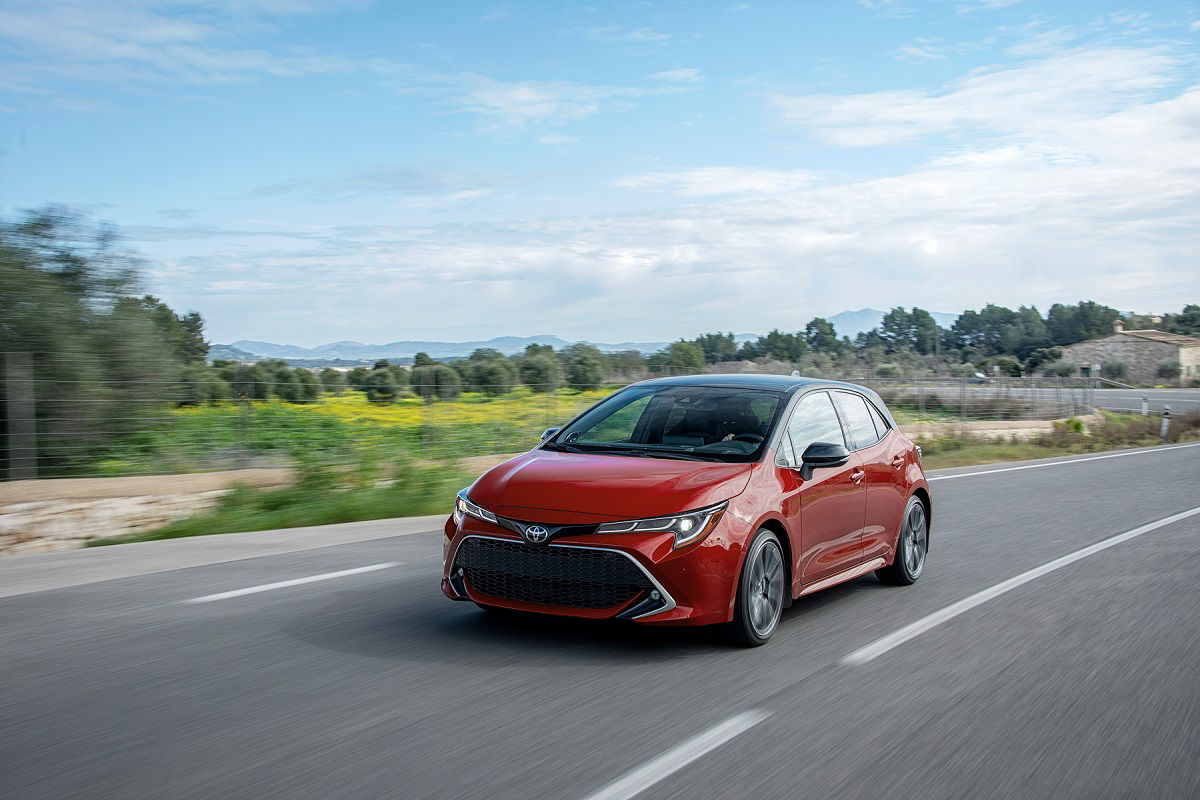Select a province & language
Entrance to this website assumes you have read and agree to these Legal Terms and Conditions and the Privacy Policy.
Entrance to this website assumes you have read and agree to these Legal Terms and Conditions and the Privacy Policy.
The Continuously Variable Transmission (CVT) has long been recognized by Toyota engineers as one of the most powerful weapons in their battle for maximum fuel efficiency.

In conventional manual and automatic transmissions, a pre-set number of gears limits the powertrain to a narrow operational range where fuel efficiency and performance are somewhat limited. For instance, with a modern six-speed automatic, only six pre-set, fixed gears are available. As such, the engine and transmission must operate in just one of six possible relationships between vehicle speed, selected gear, and engine revs.
By doing away with the pre-set, fixed gears used by conventional transmissions, the CVT has a virtually infinite operational range within which it, and the engine, can operate. As a result, the main benefits of a CVT transmission are fuel efficiency and performance.

With a CVT transmission, a vehicle’s engine spends more time at lower and steadier revs, reducing fuel consumption and emissions. When performance is required, the CVT transmission can provide faster and more fuel-efficient access to the engine’s available performance.
In a nutshell, the CVT transmission is the preferred choice for maximum fuel efficiency and performance, and all with virtually no compromise.
The CVT transmission enhances refinement too, as it exhibits no lunging or slamming sensations common with gear changes in a conventional transmission.
As an illustration, imagine carrying a tray of snacks to some friends downstairs. From a smoothness standpoint, a conventional transmission amounts to walking the tray of drinks down a staircase — it’s rougher and less smooth, because there are a set number of equally spaced steps. Conversely, a CVT transmission, with no pre-set gears, is like walking the tray of drinks down a ramp — it’s smoother, and less abrupt.

There’s one area where the Continuously variable transmission leaves room for improvement, and that area relates to initial, off-the-line acceleration from a stop.
Because of the inner workings and design constraints of the CVT transmission, low-speed performance is slightly sacrificed to enable better performance and efficiency at higher speeds, where a vehicle spends most of its time. So, although the CVT is the ultimate choice for overall efficiency, it’s still the conventional transmission that’s best at low speeds, when accelerating from a stop.
A new Toyota innovation has bridged this efficiency gap, solving an age-old conundrum and bringing more driving pleasure, increased fuel economy and an overall increase in performance along with it.
CVT Launch Gear leads to a whole new innovation: Toyota’s Direct Shift CVT. Toyota calls the innovation the CVT “Launch Gear”. With its arrival, engineers have effectively hand-picked the most efficient components of both conventional and CVT transmissions, combining them into a single unit.
The result is Toyota’s brand new Direct Shift-CVT: a world-first design that advances the CVT on all fronts by incorporating a single component from the conventional transmission: first gear. The new transmission works just like a regular CVT, though it employs a single Launch Gear, which is like first gear in a conventional transmission, or the “easy” gear on a bicycle.
Engaged when the vehicle is at rest, Launch Gear is used solely to help the vehicle accelerate up to speed more quickly and efficiently from a stop. Once the vehicle has reached a speed where the CVT transmission is more efficient, the launch gear is disengaged and the transmission functions like a CVT.

Drivers get the efficiency and performance of an automatic while accelerating from a stop, and the improved efficiency and performance of a CVT transmission at higher speeds, all without compromise. With the introduction of the Launch Gear to handle low-speed acceleration, other components within the CVT side of the new Direct Shift-CVT transmission were optimized. Key optimizations include a reduction in transmission size and weight, and expanded functionality for added efficiency at all speed ranges.
The disconnected or “elastic”’ acceleration feel characteristic of regular CVT transmissions has been eliminated too—and the result is more instant, direct and satisfying acceleration in response to throttle inputs. The new Direct Shift-CVT transmission also features a simulated 10-speed shifter, allowing drivers to use steering-wheel mounted paddle-shifters to shift between 10 simulated gear ratios, if desired, for a more traditional performance feel.
With the synergistic application of a single Launch Gear to a compacted, lightened and optimized CVT transmission, Toyota’s engineers have increased efficiency, performance, and transmission feel flawlessly-- giving drivers a six percent reduction in fuel use, and a marked increase in low-speed responsiveness.

There are two other new benefits, as well. First, as the addition of the new Launch Gear allowed engineers to further optimize all parts of the transmission,
The new Direct Shift-CVT stacks up as a win-win proposition for today’s driver. Best of all, there’s nothing unusual detectable from the driver’s seat, and drivers can expect more of what they already love about their Toyota: smoother acceleration, more responsive performance, and further reduced fuel consumption.
Combined with the latest Toyota Dynamic Force Engine, itself fitted with various fuel-saving innovations, a high-tech fuel injection system, and world-leading thermal efficiency thanks to a compression ratio that approaches exotic car levels, the new Direct Shift-CVT opens up a new world of possibility for Toyota drivers after the most fuel-efficient performance possible.
The new Toyota Direct Shift-CVT and Dynamic Force engine are rolling out in selected Toyota models now, including the Toyota Corolla Hatchback.